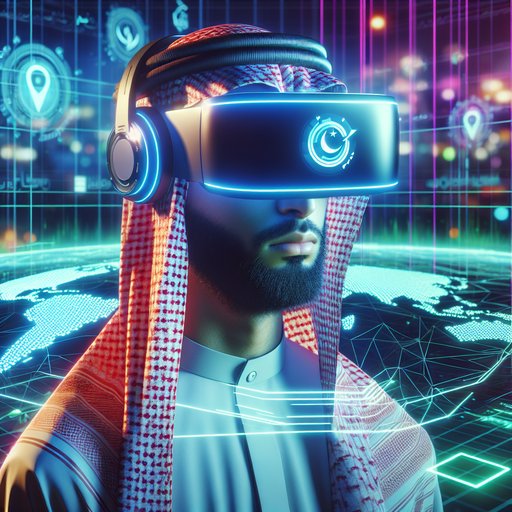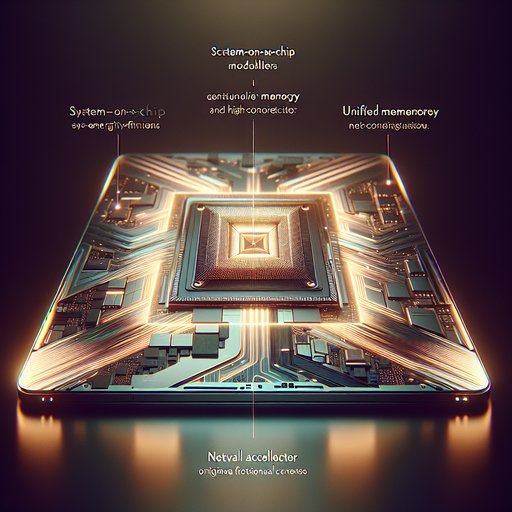
In a significant move for the augmented reality (AR) industry, Snap Inc. and Niantic Spatial have announced a multi-year strategic partnership aimed at building a shared AI-powered map of the real world. This collaboration seeks to enhance AR experiences by providing more accurate and immersive digital overlays onto physical environments. [1]
Snap Inc., known for its popular social media platform Snapchat, has been investing heavily in AR technology. The company recently unveiled plans to launch its first consumer-facing smart glasses, called Specs, in 2026. These lightweight AR glasses aim to seamlessly integrate digital content into users' real-world surroundings. Over the past 11 years, Snap has invested more than $3 billion in developing AR glasses, underscoring its commitment to wearable technology. [2]
Niantic Spatial, a newly created company spun out from Niantic Labs, is redefining AR with its Visual Positioning System and groundbreaking geospatial AI technology. The company will debut three new partnerships, including the strategic alliance with Snap to build a shared AI-powered map of the real world. This collaboration aims to create hardware-agnostic, geo-precise AR experiences, enhancing the way digital content interacts with physical spaces. [1]
The partnership between Snap and Niantic Spatial is expected to accelerate the development of AR applications that offer more accurate and context-aware experiences. By combining Snap's expertise in social media and AR content creation with Niantic's advancements in geospatial technology, the collaboration aims to set new standards for immersive digital interactions. This initiative reflects a broader trend in the tech industry, where companies are joining forces to overcome technical challenges and expand the reach of AR technologies.
As the AR landscape continues to evolve, partnerships like that of Snap and Niantic Spatial highlight the industry's commitment to creating more integrated and user-friendly experiences. With significant investments and collaborative efforts underway, the future of augmented reality appears promising, offering users increasingly sophisticated and engaging digital interactions within their physical environments.
























